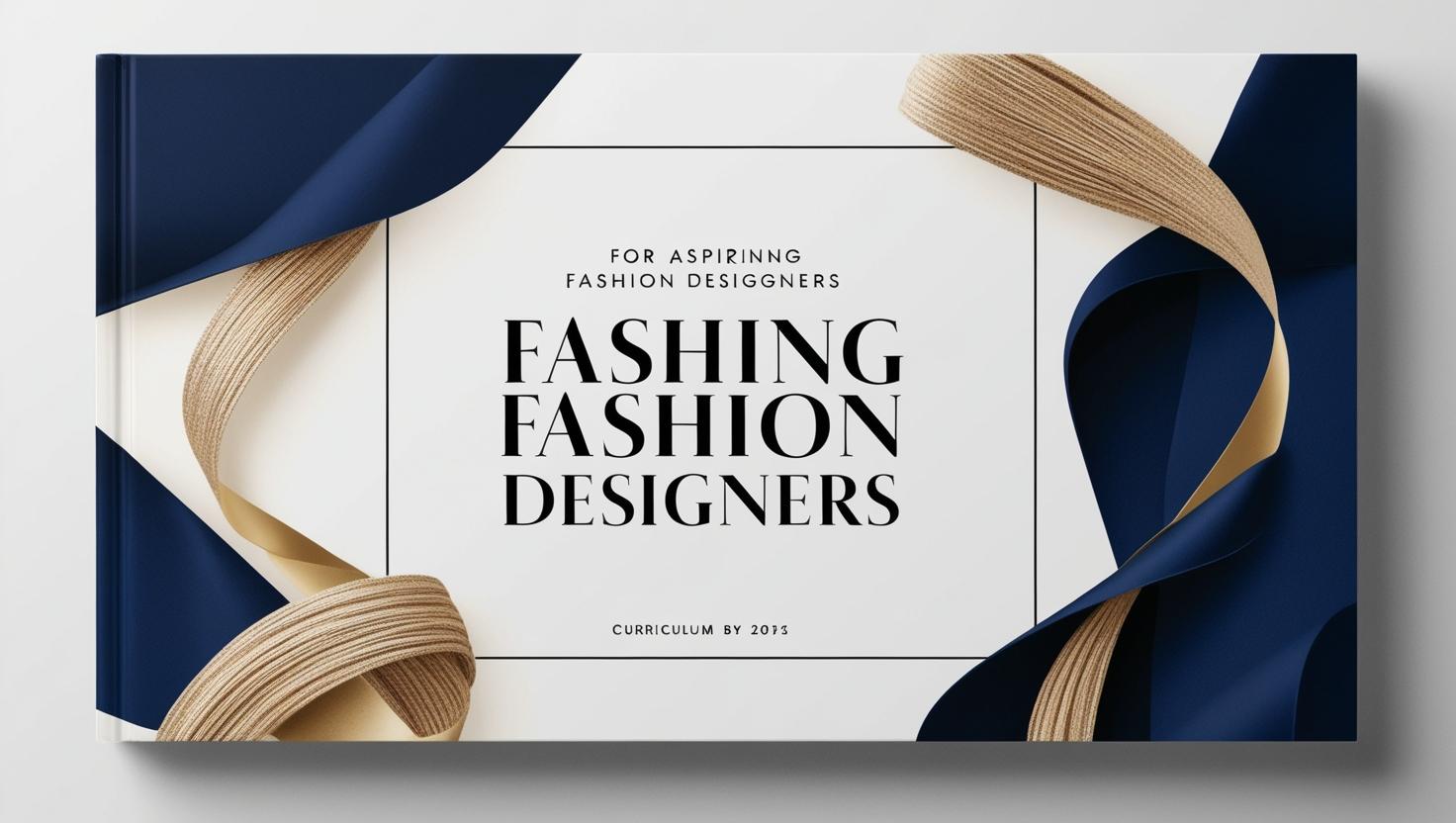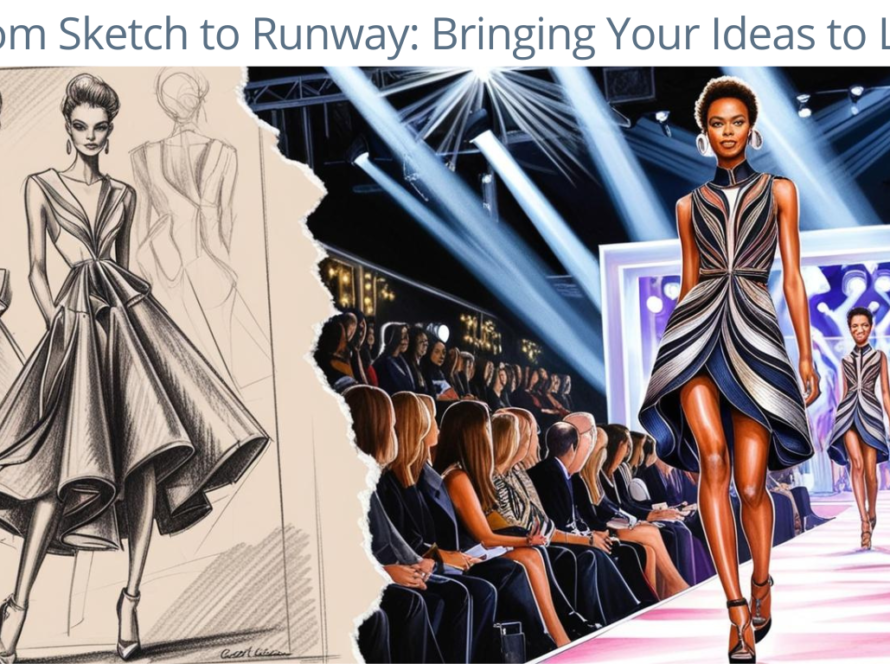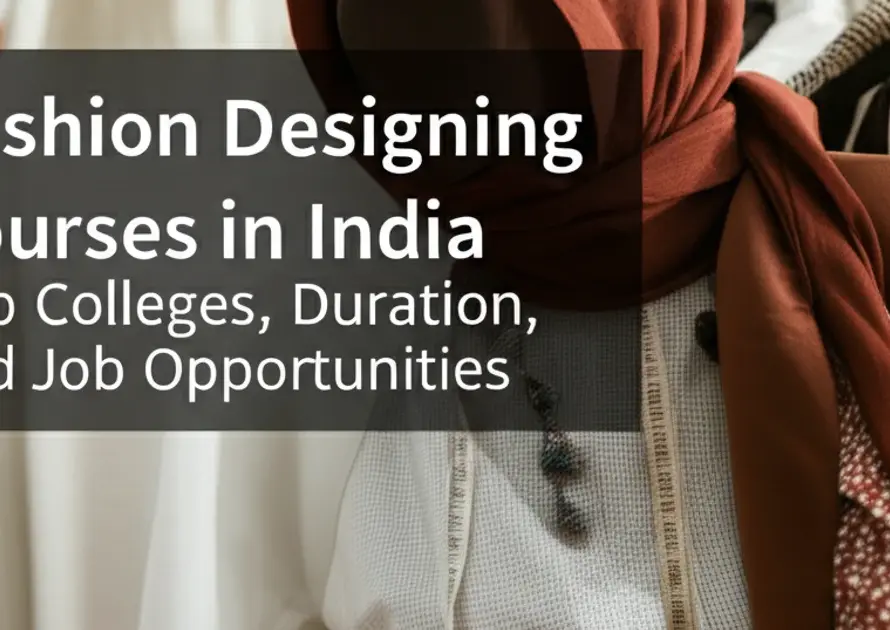A curriculum for fashion designers in the making requires a very interesting combination of technical skills, creative exploration, and business acumen. Here is a general structure of the package:

1. Foundation Courses
Fundamental aim: strong foundation in art, design, and textiles
Basis of Art and Design: drawing and sketching, color theory
History of Fashion and its Development
Textiles and Fabrics: types, textures, etc., and their applications
2. Technical Skills Development
Objective: Equipping students with practical skills for making garments.
Pattern Making and Draping: Techniques of developing garment patterns.
Sewing and Garment Construction: From basic to advanced sewing techniques.
Fashion Illustration: Digital and hand-drawn illustrations.
3. Creative Exploration
Objective: Encourage creativity and innovation in design.
Design Principles: Understanding balance, proportion, and harmony.
Thematic Design Projects: Developing collections based on themes.
Fashion Forecasting: Trends analysis and predictions.
4. Technology in Fashion
Objective: Inclusion of modern technology in the design process.
CAD- Computer Aided Design: Digital tools for fashion designing.
Sustainable Fashion: Eco-friendly textile practices and materials.
3D printing and Wearable Technology: Future of Fashion Tech
5. Business and Marketing
Objective: Avoid the commercial side of fashion from the students.
Fashion Entrepreneurship: Entrepreneurship and management of a fashion brand.
Fashion Marketing and Branding: Building brand identity and promotion.
E-commerce of Fashion: Selling products and digital marketing for fashion.
6. Practical Exposure
Objective: Gives real exposure and networking to the students.
Internships: Work experience with established designers or brands
Fashion Shows: Presenting their designs
Portfolio Development: Develops a professional portfolio
7. Capstone Project
Objective: Summing everything learned in a final-year comprehensive project.
Students formulate an entire collection of clothes from concept to production.
They present their work before industry people and peers
Conclusion
This curriculum is well designed to integrate creativity, technical know-how, and business acumen into an aspiring fashion designer. Foundational knowledge and practical skills coupled with exposure to industry trends help prepare students to thrive in this competitive world of fashion. Graduates will be ready to pursue diverse career opportunities-from launching their own brands to working with some of the world’s most renowned fashion houses. It has emphases on innovation and sustainability, preparing students for today’s fashion industry while equipping them to shape its future.
Would you like to modify this curriculum for an institution or for an audience??




